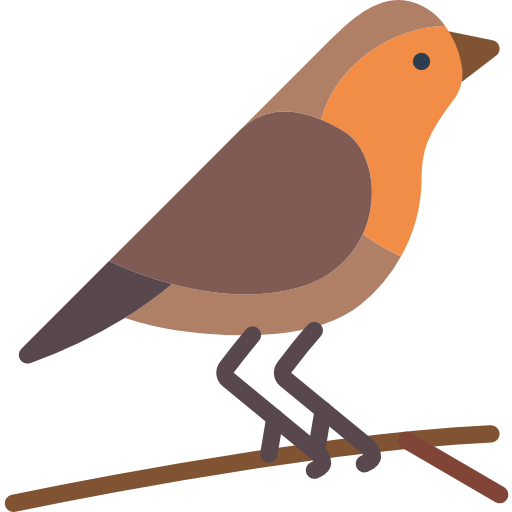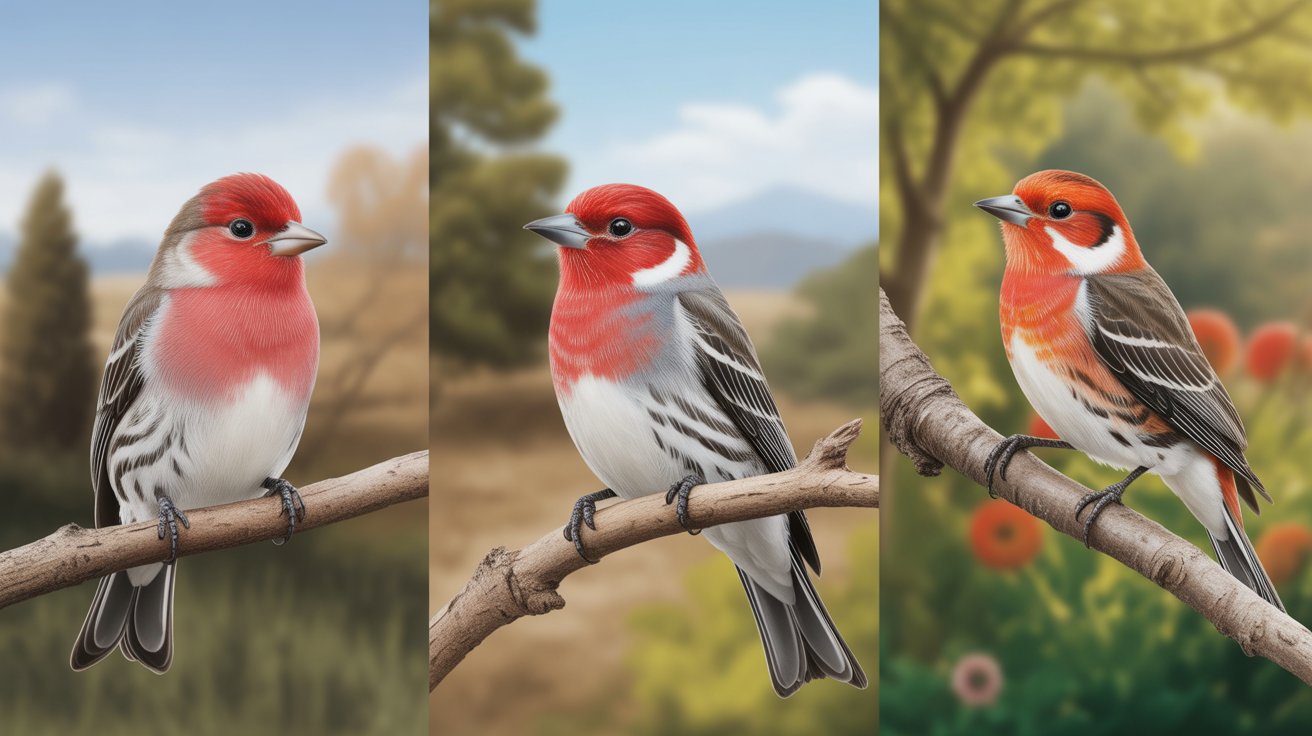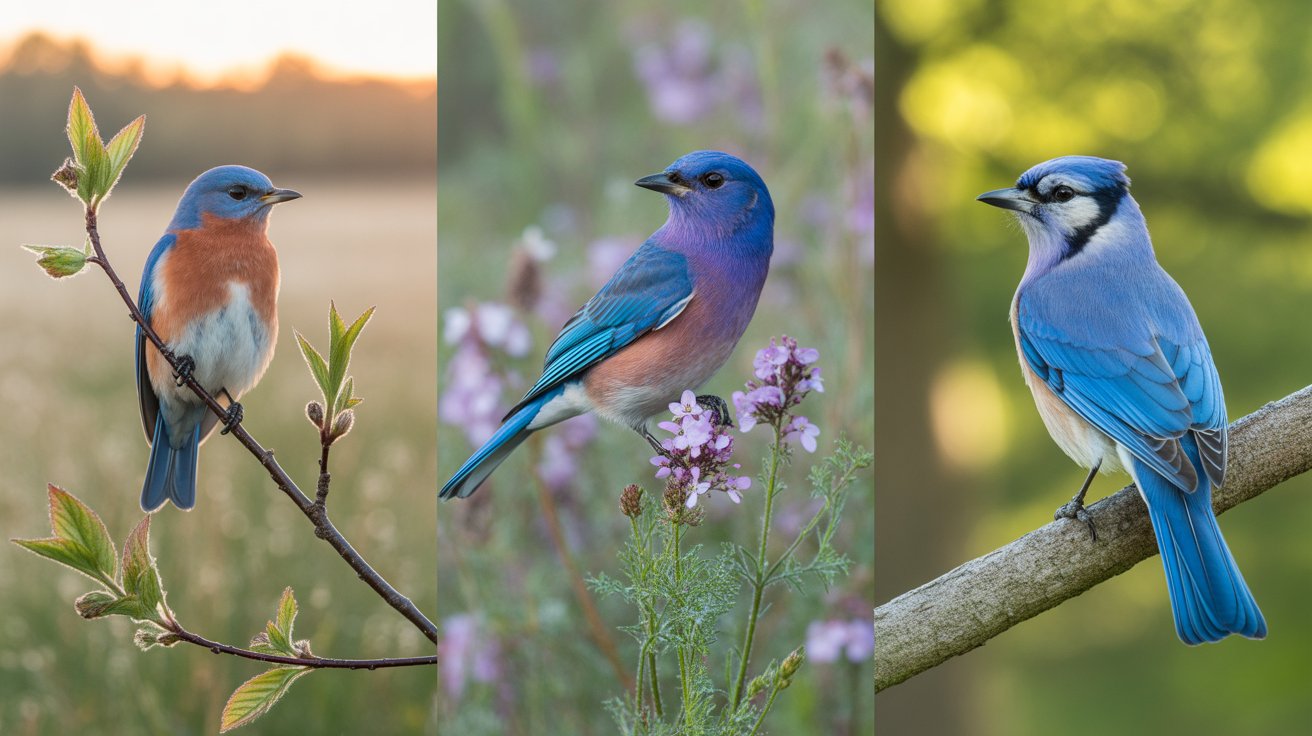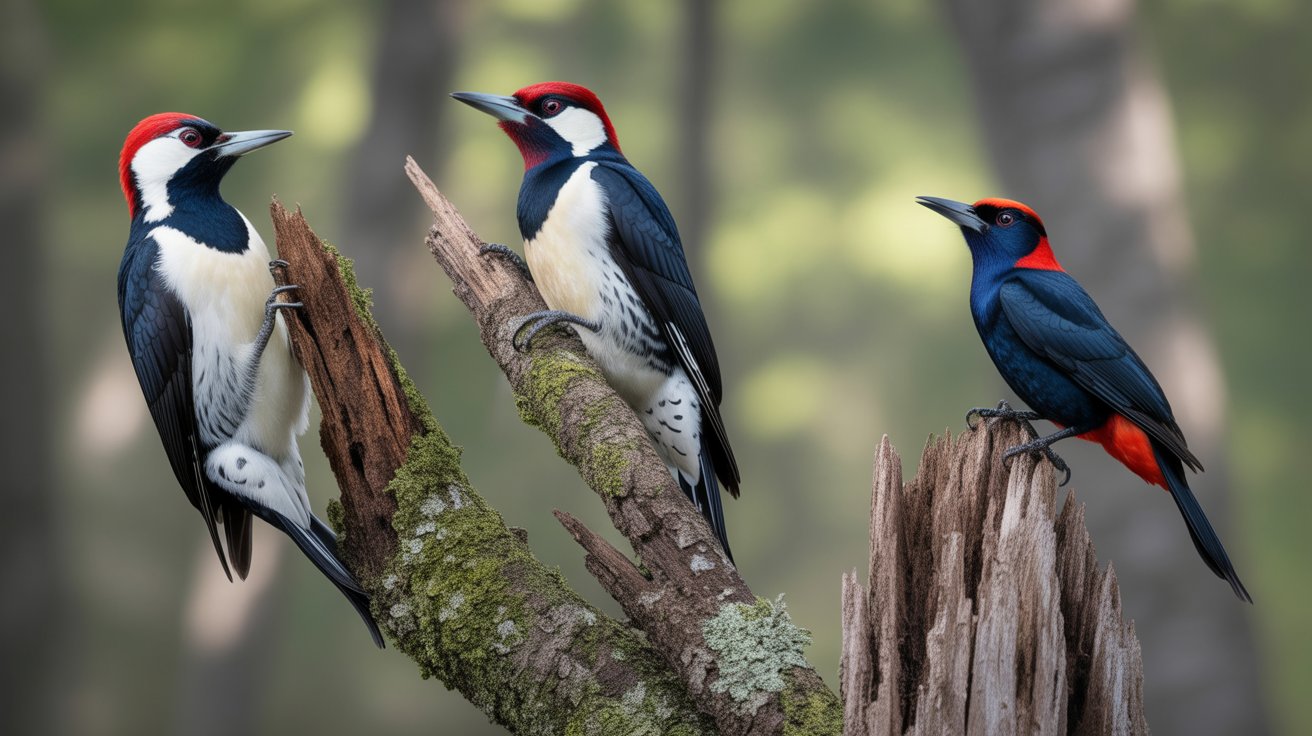If you’ve ever looked up to the sky and noticed a raptor soaring high above with a striking white head, you might’ve wondered what kind of hawk it was. White-headed hawks are not only majestic but also powerful predators that dominate their habitats with keen eyesight and razor-sharp talons.
While hawks with fully white heads are rare, many species feature prominent white markings or patches that can be mistaken for a white-headed appearance—especially in flight or from a distance. These hawks vary in size, habitat, and hunting style, but they all share that distinctive light-toned crown or facial pattern that sets them apart.
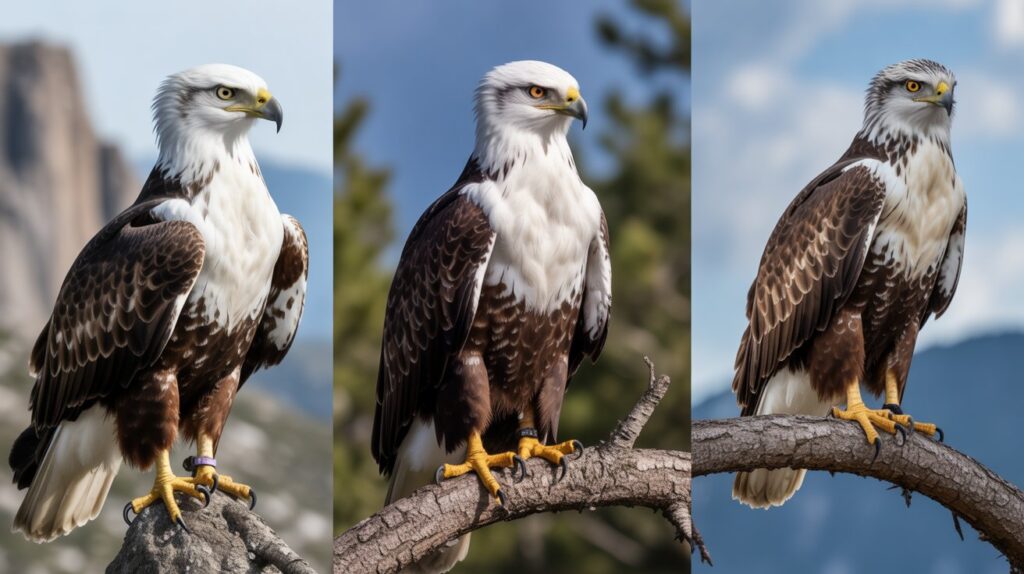
In this article, you’ll discover 10 impressive hawks with white heads or noticeable white markings. Each bird is profiled with rich descriptions to help you identify them in the wild or while birdwatching. Whether you’re a raptor enthusiast, a nature lover, or simply curious about these aerial hunters, this guide will give you a clearer view of these fascinating birds of prey.
So grab your binoculars or zoom lens—we’re heading into the skies to spot the white-headed hawks that soar across North America and beyond.
Contents
10 Hawks With White Heads
Bald Eagle
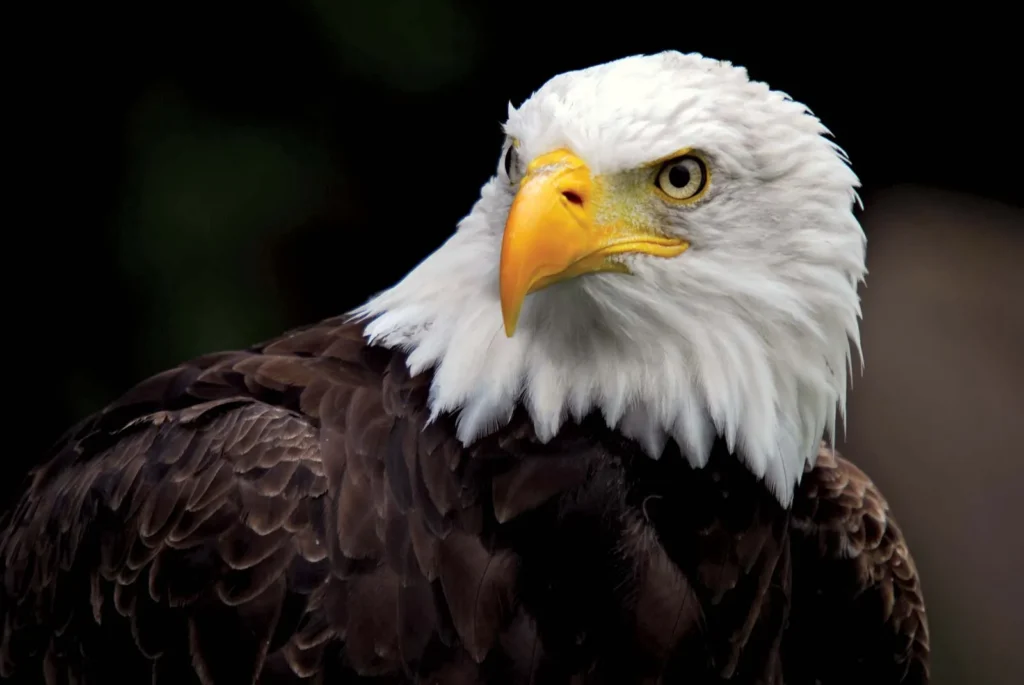
While not technically a hawk, the Bald Eagle is often mistaken for one due to its similar shape and soaring behavior. Its unmistakable white head and tail contrast with a dark brown body, making it one of the most iconic birds in North America.
Scientific name: Haliaeetus leucocephalus
Wingspan: 70.8–90.5 inches
Length: 27.9–37.8 inches
Weight: 6.6–14.0 lbs
You’ll often spot them near large bodies of water, as fish is a primary food source. They also scavenge and steal food from other birds.
White Hawk
The White Hawk lives in Central and South America and is strikingly beautiful with pure white plumage and black wing tips. It’s most often found soaring through tropical forests.
Scientific name: Pseudastur albicollis
Wingspan: 30–40 inches
Length: 18–22 inches
Weight: 1.3–2.1 lbs
It preys on reptiles, insects, and small mammals. Though rare in the U.S., it can sometimes be spotted in southern Mexico near the border.
Ferruginous Hawk (Light Morph)
This large hawk can appear to have a white head, especially in its light morph variety. The head and underparts are very pale, contrasting with its rusty back and wings.
Scientific name: Buteo regalis
Wingspan: 52.4–55.9 inches
Length: 22.1–27.2 inches
Weight: 2.2–4.5 lbs
Found in the open prairies and deserts of western North America, it feeds on rabbits, prairie dogs, and other small mammals.
Swainson’s Hawk (Light Morph)
The light morph Swainson’s Hawk can appear to have a white or pale head, especially from below. It features a dark bib and white underparts.
Scientific name: Buteo swainsoni
Wingspan: 46–54 inches
Length: 18.9–22.1 inches
Weight: 1.8–2.5 lbs
These hawks breed in the Great Plains and migrate to South America for the winter.
Rough-legged Hawk
Rough-legged Hawks often have white heads with streaks, especially in their light morph. Their feathered legs help them survive cold climates.
Scientific name: Buteo lagopus
Wingspan: 52.0–54.3 inches
Length: 18.5–20.5 inches
Weight: 1.5–3.3 lbs
You’ll find them in tundra and open fields, particularly in winter when they migrate to the lower 48 states.
Gray Hawk (Juvenile)
Juvenile Gray Hawks often have pale or whitish heads that darken with age. They’re found in the southwestern U.S. and Central America.
Scientific name: Buteo plagiatus
Wingspan: 31–39 inches
Length: 18–20 inches
Weight: 0.8–1.3 lbs
They prefer wooded riparian zones and primarily hunt reptiles and small mammals.
Short-tailed Hawk (Light Morph)
This rare hawk in the U.S. has a light morph with a stark white head and underparts, contrasting with its dark flight feathers.
Scientific name: Buteo brachyurus
Wingspan: 33–40 inches
Length: 15–17 inches
Weight: 0.9–1.3 lbs
Most common in Florida and parts of Central America, it soars high while scanning for prey.
Hawaiian Hawk (White Morph)
Also known as ‘Io, the Hawaiian Hawk has a white morph that features a light-colored head and underbody. This bird is endemic to Hawaii.
Scientific name: Buteo solitarius
Wingspan: 32–40 inches
Length: 16–18 inches
Weight: 0.9–1.2 lbs
It feeds on birds, insects, and small mammals. The species is protected due to its limited range.
Juvenile Red-tailed Hawk
Juvenile Red-tailed Hawks can have pale or white heads that darken as they mature. Their plumage is variable, and they are among the most widespread hawks in North America.
Scientific name: Buteo jamaicensis
Wingspan: 44.9–52.4 inches
Length: 17.7–25.6 inches
Weight: 1.5–3.3 lbs
They adapt well to urban and rural environments and eat rodents, reptiles, and birds.
Zone-tailed Hawk (Juvenile)
While adult Zone-tailed Hawks are dark overall, juveniles can show lighter heads and underparts. Their soaring flight mimics vultures, helping them surprise prey.
Scientific name: Buteo albonotatus
Wingspan: 46–55 inches
Length: 18–22 inches
Weight: 1.3–2.2 lbs
These hawks are found in the southwestern U.S., Mexico, and Central America.
FAQs
1. Do any hawks have truly white heads?
Most hawks don’t have pure white heads, but several species and morphs—especially juveniles—can appear very pale or white-headed.
2. Is the Bald Eagle a hawk?
No, it belongs to the sea eagle group but is often mistaken for a hawk due to similar flight behavior.
3. Where can I spot hawks with white heads in the U.S.?
Look in open fields, forests, wetlands, and along coastlines. Many are seasonal visitors.
4. Do juvenile hawks look different from adults?
Yes, many juvenile hawks have lighter or streaked heads that darken with age.
5. Can I attract hawks to my backyard?
Not directly. But providing a healthy ecosystem with rodents, birds, and perches may bring them nearby.
Conclusion
White-headed hawks are a captivating sight, whether you’re spotting a soaring Rough-legged Hawk in the winter skies or catching a glimpse of a light morph Ferruginous Hawk on the plains. While true white-headed hawks are rare, many species feature light or pale heads that create that visual impression—especially from below.
Understanding the differences in plumage between morphs, ages, and species is key to proper identification. With this guide, you’re now equipped to recognize 10 hawks (and close relatives) that display white-headed characteristics. Keep your eyes on the skies—you never know when one might glide into view.
